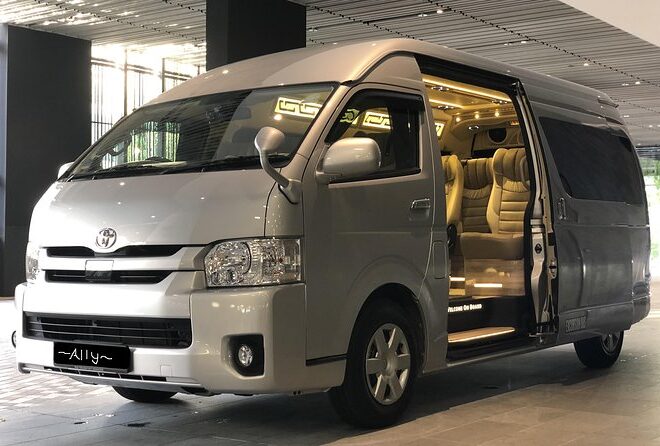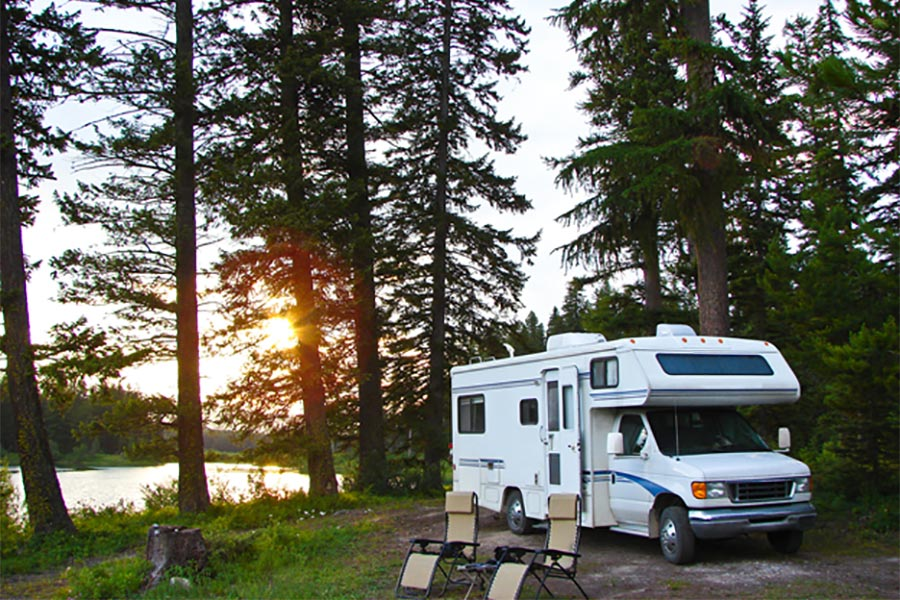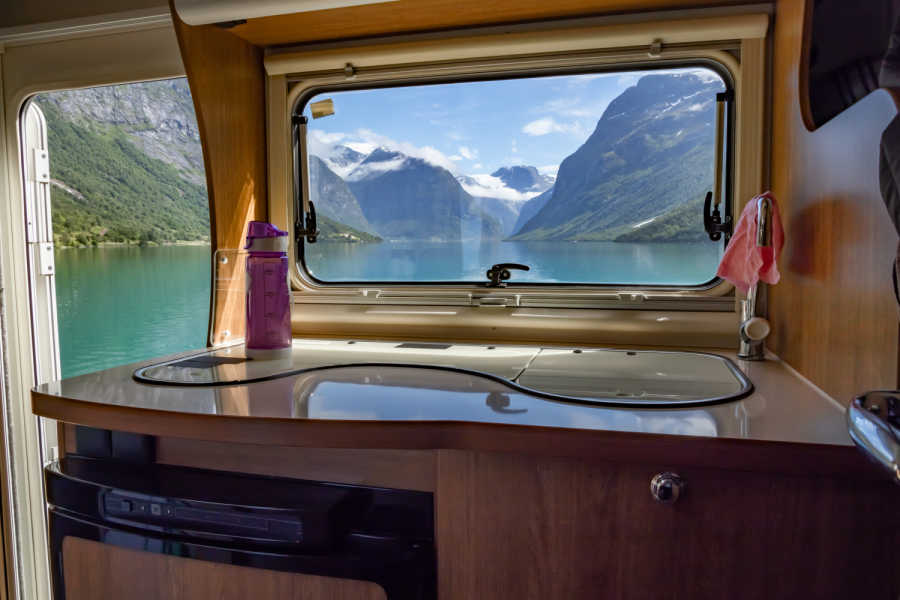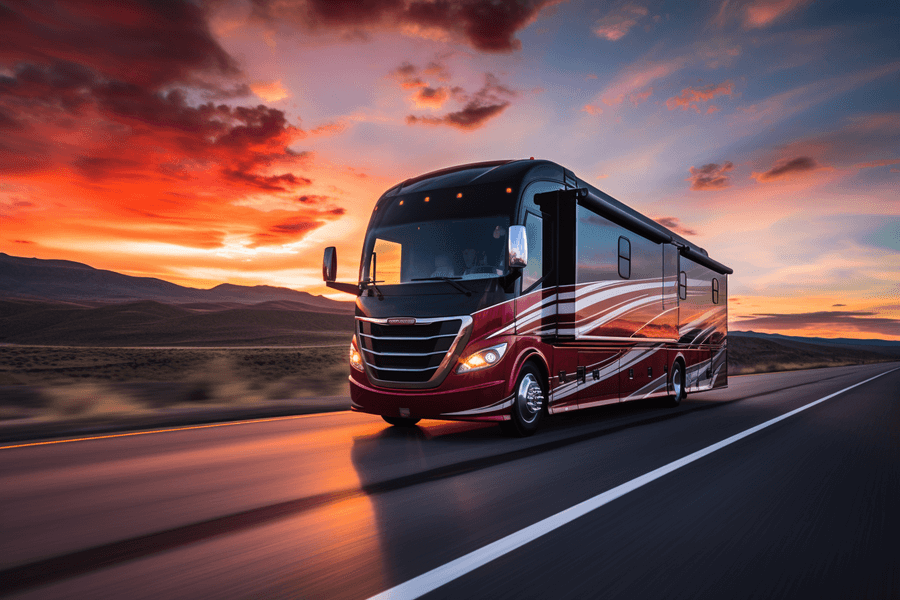
Comparing Class A, B, and C Motorhomes: Which is Right for You?
When it comes to exploring the open road in comfort, motorhomes offer a perfect blend of freedom and convenience. However, choosing the right type of motorhome can be overwhelming, especially with so many options available. The three primary categories of motorhomes—Class A, Class B, and Class C—each offer unique advantages and are designed to meet different needs. In this article, we’ll compare these motorhome classes in detail, helping you decide which is the best fit for your travel lifestyle.
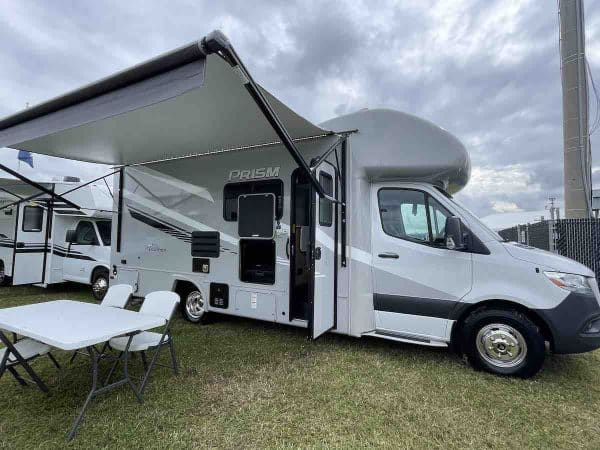
Understanding the Basics of Motorhome Classes
Motorhomes are categorized based on their size, features, and construction. Here’s a quick breakdown:
- Class A Motorhomes: The largest and most luxurious option, often resembling a bus.
- Class B Motorhomes: The smallest, often built on a van chassis, ideal for compact travel.
- Class C Motorhomes: Mid-sized, recognizable by their over-cab sleeping area and built on a truck or van chassis.
Class A Motorhomes: Spacious and Luxurious
Features of Class A Motorhomes
Class A motorhomes are built on heavy-duty frames, often on commercial truck or bus chassis. They range in length from 26 to 45 feet, making them the most spacious option. Inside, you’ll find amenities like full-sized kitchens, multiple sleeping areas, and even bathrooms with showers. Class A motorhomes can be equipped with high-end features like washer-dryer units, fireplaces, and entertainment systems, creating a true home-on-wheels experience.
Pros of Class A Motorhomes:
- Space and Luxury: These motorhomes are designed for maximum comfort, with plenty of room for families or long-term travelers.
- High-end Amenities: From high-quality appliances to luxurious furnishings, Class A motorhomes provide a premium living experience.
- Storage: Class A motorhomes have ample storage space, both inside and in exterior compartments, making them ideal for extended trips.
Cons of Class A Motorhomes:
- Size and Maneuverability: Due to their large size, driving and parking a Class A motorhome can be challenging, especially in urban areas.
- Fuel Efficiency: Class A motorhomes tend to have poor fuel economy, often getting between 6 and 10 miles per gallon.
- Cost: These motorhomes are the most expensive, both in terms of upfront cost and ongoing maintenance.
Best for: Travelers who prioritize luxury, space, and comfort over mobility and fuel economy. Ideal for families, long-term travelers, or retirees looking to travel in style.
Class B Motorhomes: Compact and Versatile
Features of Class B Motorhomes
Class B motorhomes, also known as campervans, are the smallest option, typically built on a van chassis. Ranging from 18 to 24 feet in length, these motorhomes are compact and easy to drive. Despite their smaller size, Class B motorhomes still offer essential amenities such as a small kitchenette, a sleeping area, and a compact bathroom. They are also easier to park and maneuver compared to their larger counterparts.
Pros of Class B Motorhomes:
- Mobility and Convenience: Due to their compact size, Class B motorhomes are easy to drive, park, and fit in standard parking spaces.
- Fuel Efficiency: These motorhomes offer better fuel economy than Class A or C motorhomes, often achieving 18 to 25 miles per gallon.
- Ease of Use: Class B motorhomes are ideal for quick getaways or solo travelers who want the essentials without the complexity of a larger vehicle.
Cons of Class B Motorhomes:
- Limited Space: The small size means less living and storage space. You may need to compromise on comfort, especially if traveling with multiple people.
- Fewer Amenities: While Class B motorhomes offer the basics, they lack the high-end features and luxury of Class A motorhomes.
- Sleeping Capacity: Most Class B motorhomes are designed to sleep two people, making them less suitable for families.
Best for: Solo travelers, couples, or anyone looking for a compact, easy-to-drive motorhome for shorter trips or weekend adventures.
Class C Motorhomes: The Middle Ground
Features of Class C Motorhomes
Class C motorhomes are easily recognizable by their over-cab sleeping area. Built on a van or truck chassis, they range from 21 to 35 feet in length, offering a nice balance between the space of Class A motorhomes and the mobility of Class B models. Class C motorhomes typically include a full kitchen, bathroom, dining area, and multiple sleeping options, making them suitable for families or small groups.
Pros of Class C Motorhomes:
- Balanced Size and Comfort: Class C motorhomes offer a good balance between interior space and drivability. They provide more comfort than Class B without the bulk of Class A.
- Affordability: Typically more affordable than Class A motorhomes, both in terms of upfront cost and maintenance.
- Sleeping Capacity: The over-cab sleeping area and additional sleeping options make Class C motorhomes great for families or larger groups.
Cons of Class C Motorhomes:
- Maneuverability: While easier to handle than Class A, Class C motorhomes can still be challenging to maneuver in tight spaces.
- Fuel Efficiency: Fuel economy is better than Class A but worse than Class B, typically ranging between 10 and 15 miles per gallon.
Best for: Families or small groups who need a balance of space and affordability. Great for longer trips without sacrificing too much comfort.
Choosing the Right Motorhome for You
When choosing between Class A, B, and C motorhomes, consider your travel style, budget, and how much space you’ll need on the road. If luxury and space are your top priorities, a Class A motorhome is the way to go. For those who want a compact and fuel-efficient vehicle, Class B is ideal. Class C offers a middle ground, providing a blend of space, comfort, and affordability.

